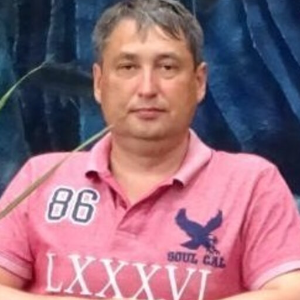Title : Evaluation of the wheat photosynthetic pigments content by spectral absorption of leaves determined asing a smartphone
Abstract:
Various direct and indirect methods are used to determine the content of chlorophyll and carotenoids in plants. Among direct methods, the most widely used ones are the spectrophotometric determination of chlorophyll, after its extraction with various solvents. The disadvantage of this approach is the complexity of the procedures performed and the need for a laboratory base. Therefore, at present, methods of indirect registration of parameters of photosynthetic activity have become widespread. Fluorimetric and spectral research methods are most widely used for such registration. However, such approaches are also not without drawbacks, including due to the high cost of equipment. Therefore, the search continues for approaches aimed at registering the photosynthetic activity of plants by alternative methods, in particular, by attracting funds available to a wide range of people, in particular smartphones. In this connection, the purpose of this work is to assess the content of photosynthetic plant pigments by the spectral absorption of leaves, determined using a smartphone.
The hypothesis was put forward: characteristics of a photographic image of a wheat leaf plate, obtained using a smartphone after passing light through it (spectral absorption), allows us to indirectly judge the content of photosynthetic pigments and photosynthetic activity of plants.
Results were as fallowing. The content of chlorophyll a varied in the range of 0.34–2.08 mg per gram of raw wheat biomass, the content of chlorophyll b was 0.11–0.56 (at a ratio of 1.5–9.1), and the amount of carotenoids was in the range of 0.06–0.45. Significant differences between the variations of the trials were not observed. The soil-plant analysis development (SPAD) value varied between 22.13 and 47.93 units, averaging 37.19 units. The chlorophyll content, estimated by this parameter, was in the range of 187–615 μmol m–2. Indicators of the spectral absorption of a leaf plate of wheat, obtained by different models of smartphones (Samsung A5 and iPhone 5s), are statistically significantly correlated with indicators of the photosynthetic activity of plants, estimated by the parameter SPAD, and directly (r = 0.68–0.86 and 0.41–0.67). The highest values are noted for the GMR and VARI spectral indices. The correlation values with photosynthetic pigments, obtained using smartphones, are generally identical to those obtained using the SPAD indicator. The verification of the method demonstrated good convergence of the results on the definition of photosynthetic pigments, found from the obtained dependencies and determined by direct spectrophotometric method. The error of determination was within 20%, which corresponds to the errors of traditional methods of chemical analysis.



